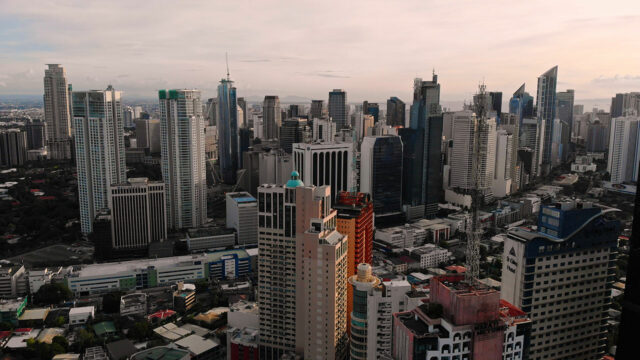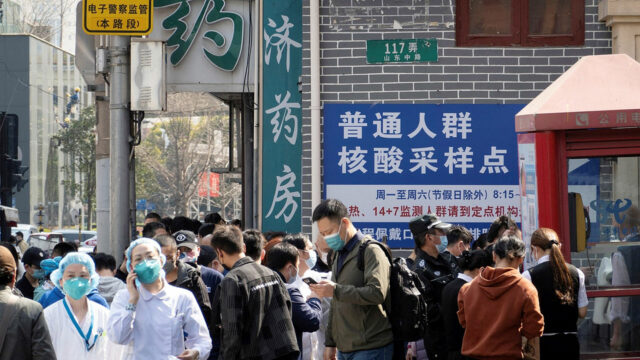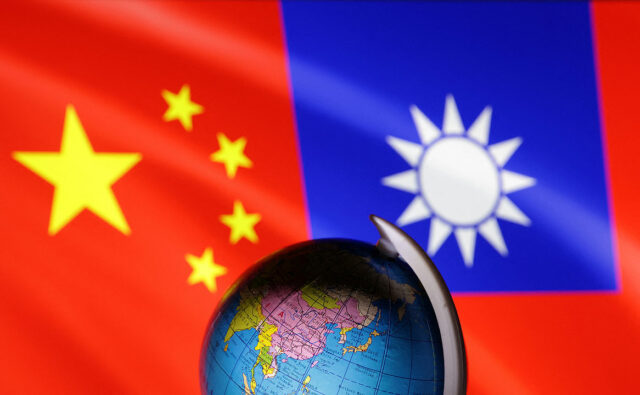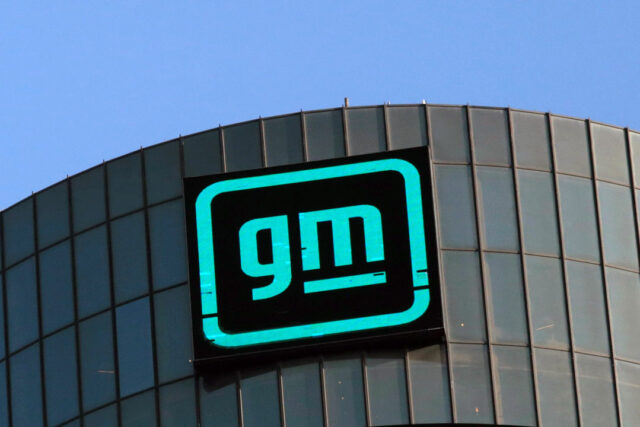HONG KONG — Every day, nearly 60 fully loaded very large crude-oil carriers sail between the Persian Gulf and Chinese ports, carrying about half of the oil that powers the world’s second-largest economy.
As the vessels enter the South China Sea, they ply waters increasingly controlled by China’s growing military, from the missile batteries and airfields at its bases on disputed islands to its stealthy Type 055 destroyers.
But when crossing the Indian Ocean, joined by others headed to China from Africa and Brazil, these tankers lack protection in a naval theatre dominated by the U.S.
A dozen military attaches and scholars say that vulnerability is now being scrutinised as Western military and academic strategists discreetly game scenarios about how a conflict with China over Taiwan, or elsewhere in East Asia, could evolve or escalate.
In a major war, Chinese oil tankers in the Indian Ocean “would find themselves very vulnerable”, said David Brewster, a security scholar at the Australian National University.
“Chinese naval vessels would effectively be trapped in the Indian Ocean and … they would have little or no air support, because there are no bases or facilities of its own that (China) could rely on.”
Four envoys and eight analysts familiar with discussions in Western and Asian capitals, some speaking on the condition of anonymity to discuss a sensitive topic, said this enduring weakness gives China’s adversaries a ladder of escalatory options, especially in a drawn-out conflict, like Russia’s war on Ukraine.
These scenarios range from harassment and interdiction operations against Chinese shipping that could divert Chinese naval vessels to the region, up to a blockade and beyond.
In a full-scale war, the tankers – capable of carrying 2 million barrels of oil – would be prizes to be sunk or captured, reflecting naval actions of last century in which combatants targeted their enemies’ economic resources, three analysts said.
These options could be used to dissuade China from launching action, or later to raise costs on an invasion of Taiwan.
Less clear is how this vulnerability shifts Beijing’s calculations toward Taiwan, the people said.
China’s defence ministry did not respond to questions about its position in the Indian Ocean.
Chinese strategists are aware of the problem but ultimately any decision to launch military action would be taken by President Xi Jinping, according to People’s Liberation Army (PLA) documents and retired officers.
Xi has instructed the PLA to be ready to invade Taiwan by 2027, U.S. Central Intelligence Agency Director William Burns said in February. China has been increasing military manoeuvres ahead of the island’s elections in January.
Since taking power in 2013, Xi and other Communist Party leaders have stressed the importance of a modernised military that can project power globally and secure China’s vital trade routes.
But amid fears of conflict, some of the analysts said China would struggle to protect these lifelines even as its energy demands increase, making a protracted war over Taiwan difficult to sustain.
China imported 515.65 million tons of crude oil in the 11 months through November, or 11.27 million barrels per day, official data show, an annual increase of 12.1%.
The Pentagon estimates about 62% of China’s oil and 17% of its natural gas imports transit the Malacca Strait and South China Sea, key Indian Ocean gateways.
China is moving to diversify supplies, with three pipelines from Russia, Myanmar and Kazakhstan accounting for roughly 10% of its crude-oil imports in 2022, according to customs data and state media.
Western sanctions on Moscow after its invasion of Ukraine have also led China to stockpile more cheap oil from Russia, its top supplier.
Food is a more complex picture. China’s soybean imports – used for animal feed – are shipped in part via the Indian Ocean but other commodities such as potash, needed for fertiliser, arrive via other routes.
BASE SURROUNDED
China has an extensive network of military satellites but just one dedicated military base, and no air cover from land or sea, for Indian Ocean naval deployments.
In its October annual report on China’s military, the Pentagon lists 11 potential Chinese bases on the ocean’s fringes, including Pakistan, Tanzania and Sri Lanka. Those locations reflect Chinese diplomatic and commercial outreach under Xi’s Belt and Road Initiative.
But these have not emerged as hard military assets, with neither a permanent PLA presence nor publicly known guarantees of access in a conflict, the attaches and an Asian diplomat said.
The Pentagon report notes, in language used for the first time this year, that China still “has little power projection capability” in the Indian Ocean.
China’s initial overseas base in Djibouti, on the ocean’s western edge, opened in 2017 and hosts 400 marines, reflecting Chinese involvement in international piracy patrols around the Horn of Africa since 2008.
But the base has no airfield and is flanked by military facilities of seven other countries, including the U.S., France and Britain.
The U.S. Indian Ocean presence remains in stark contrast, reflecting its Cold War build-up.
The U.S. 5th Fleet is based in Bahrain while the Japan-headquartered 7th Fleet operates out of Diego Garcia, a U.K.-administered atoll with runways for long-range bombers and a lagoon adapted to house U.S. aircraft carriers.
To the east, Australia is increasing patrols using its submarine-hunting P-8 Poseidon aircraft and is expanding a west-coast base for British and U.S. nuclear-powered submarines and, eventually, Australian nuclear-powered boats.
WORK IN PROGRESS
Zhou Bo, a retired PLA senior colonel and a security fellow at Beijing’s Tsinghua University, said he was aware of foreign debates about China’s vulnerabilities but the scenarios were hypothetical.
Should China and the West clash militarily in the Indian Ocean, such a conflict by nature would be “almost uncontrollable” in scale and location, Zhou said. “At that point it is a major war involving a lot of countries,” he said.
Still, he said, China would gradually expand deployments and basing options to strengthen its position.
Military attaches and analysts tracking Indian Ocean deployments say China generally maintains four or five surveillance vessels and a similar number of warships and an attack submarine at any time. But China is yet to test its most potent assets in the Indian Ocean, one former Western intelligence analyst said.
Some analysts expect that to change, particularly as PLA documents stress the piracy patrols’ importance in protecting Indian Ocean supply lines. China could expand patrols if “hegemonic countries” exercise control over its vital transit routes, according to the 2020 Science of Military Strategy, an official paper outlining China’s strategic priorities.
While China’s navy keeps its nuclear-armed ballistic-missile submarines near their Hainan Island base, its attack submarines are expected to range more widely as they improve, a challenge to the U.S.
“We can see they are being cautious, definitely more cautious than expected,” said retired U.S. Rear Admiral Michael McDevitt, who in a 2020 book predicted an eventual major Chinese military presence to protect Indian Ocean sea lanes.
“I’m not saying they are not going to get there, but it does seem they are not comfortable yet, particularly with their aircraft carriers – and extending air cover will be vital for them in a conflict.”
BLOCKADE TROUBLES
Even if China cannot achieve dominance, some factors might run in its favour, some analysts say.
Blockades are difficult to implement given the fluidity of commerce, with oil sometimes traded en route.
Tracking and policing shipments would be a vast job, as operations against China would need to secure shipments to destinations like Japan, South Korea and Australia.
“You just can’t get away with blocking your adversary’s shipments and allowing yours to continue,” said Brewster.
Historians continue to debate the effectiveness of blockades against Germany in World War One and Japan in World War Two.
Still, China has learned some of the lessons. It has about 60 days’ strategic and commercial reserves of crude oil, according to analytics firms Vortexa and Kpler. Its petroleum reserves are partly stored underground and can’t be tracked by satellites.
It has little surplus natural gas but is drawing increasing volumes from pipelines through Russia, Central Asia and Myanmar.
China is largely self-sufficient in wheat and rice, and keeps large stockpiles of both, although the quantities remain a state secret.
In 2022, Washington’s U.S.-China Economic and Security Review Commission requested the Pentagon produce a classified report on the military requirements of a blockade on China’s energy shipments, details not previously reported.
“The report should also consider the extent to which China may be able to satisfy its energy needs during a crisis or conflict through stockpiles, by rationing supplies, and by relying on overland shipments,” the commission said. — Reuters












